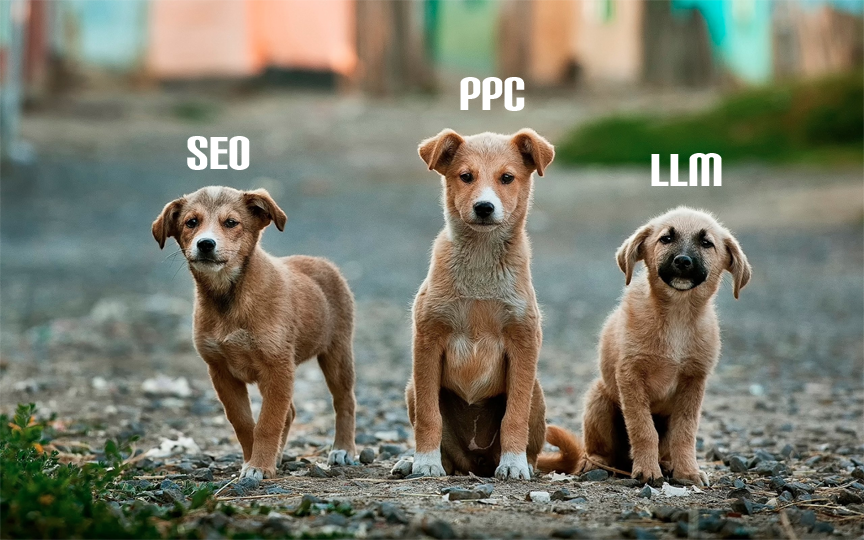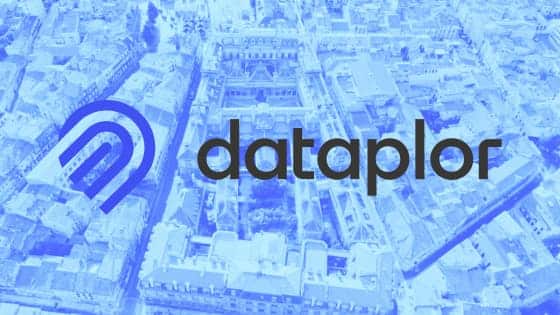Marketers are always looking for more levers to pull in order to positively impact their clients’ bottom line. Brands are always looking to get more bang for their buck. Both parties can have what they want by integrating their local tactics under one holistic digital strategy.
Crossover between Local Listing Management & Local Search Engine Optimization
Citations are a perfect example of how tactics targeting one service can benefit another, in this case local listing management (LLM) and SEO. Both the quantity and quality of citations are primary factors in Google’s local search algorithm. The majority of citations include a website URL, which when directed to the local store page can generate a high quantity of quality links to that local page.
Here are some other crossover tactics between LLM and SEO:
- Ensure matching name, address, phone (NAP) and store hours data between all local listings and the local store page. Google continually references the local store page and can pull local store page data into the local listings if they don’t match.
- Address and geo-code verification processes that are executed as part of a local listings management strategy can also provide insight into potential updates for the brand’s store locator, if not previously validated.
- Other Local SEO factors that influence Google’s local listing algorithm include:
- City, State in Landing Page Title
- Domain Authority of Website
- Page Authority of Landing Page URL
- Product/Service Keyword in Website URL
Local Pay Per Click Implications for Local SEO
Historical PPC data is a keyword research goldmine that can be leveraged for all of local SEO. A prime example can be seen by isolating keywords with the best conversion rate, and focusing optimization efforts around those terms.
The same concept can be applied toward search terms with high cost per clicks and cost per conversions. Increased organic visibility for these terms would provide the searcher with an organic result to click, rather than only serving a paid ad which can be very costly.
Here are some additional tactics that can be utilized to maximize organic and paid campaign performance.
- Improve the campaign quality score by improving the quality and quantity of relevant content on the local store page. An improved quality score can result in improved ad positioning and lower cost per clicks.
- Heat map and optimize landing pages to increase the conversion rate for both organic and paid traffic. Top performing landing page elements can inform ongoing store page optimizations and A/B tests.
- Enable location extensions in Google AdWords by linking the AdWords and Google My Business accounts. Google notes on average, ads with location extensions see a 10 percent boost in clickthrough rate.
Operational & Reporting Efficiency
Who doesn’t love knowing all of their business can be handled through one point person? A centralized point of contact improves communication and strategic planning, while reducing the stress and time associated with finding the appropriate person to speak with about the latest high-priority topic. Other benefits can be seen here:
- Billing is streamlined, giving brands the ability to dynamically shift budget from one tactic to another. In addition, some service providers offer multi-service discounts that can benefit brands.
- All location openings, updates and closures are processed at the same time across all services.
- Centralized reporting allows for advanced attribution modeling, connecting online activities to offline conversion by service and in aggregate to provide a clearer picture of consumer behavior.
This short list of crossover optimizations shows the power of a unified local search strategy. As local search evolves, brands and marketers not only need to be aware of such opportunities, but need to take full advantage of them to outperform the competition.




